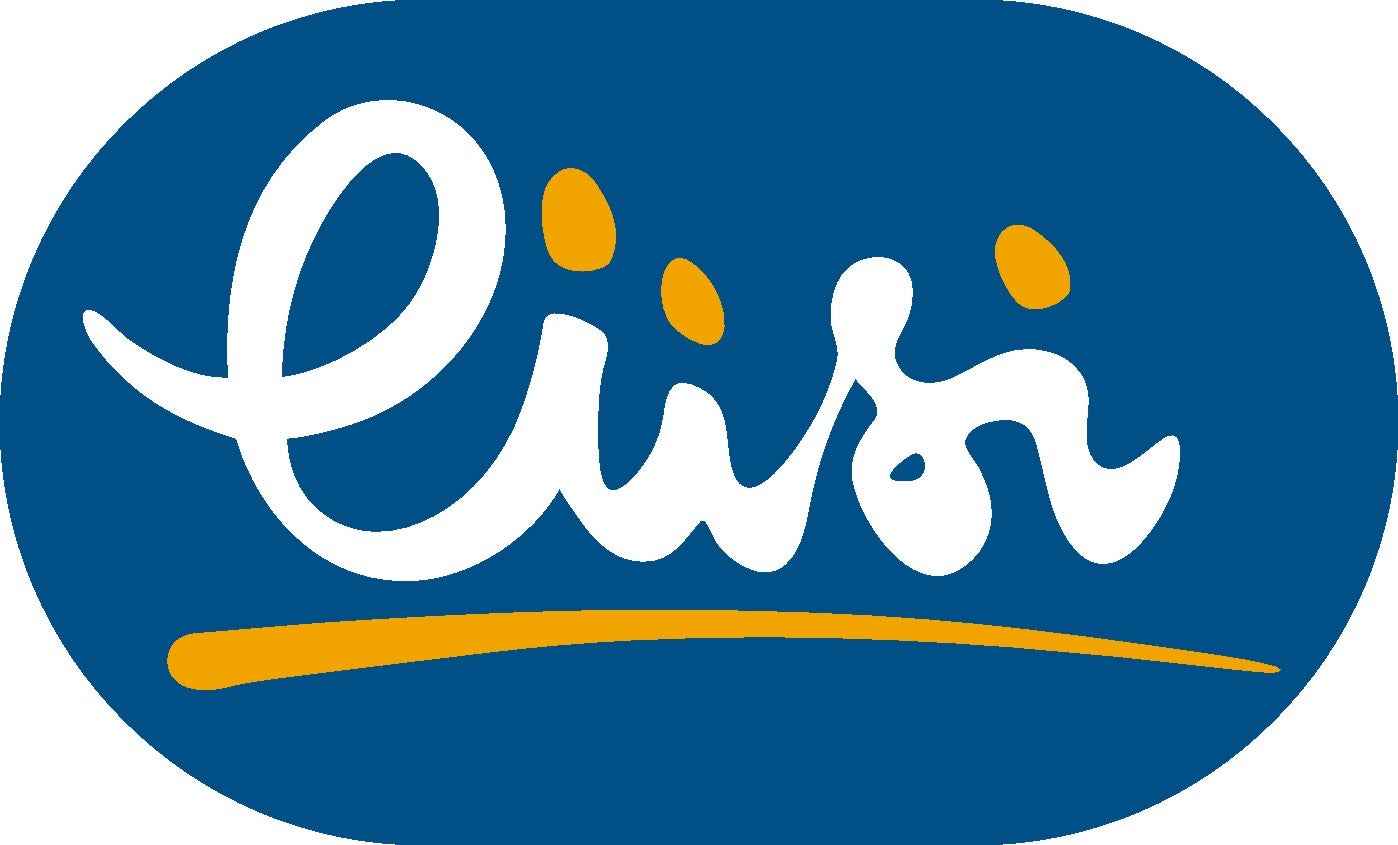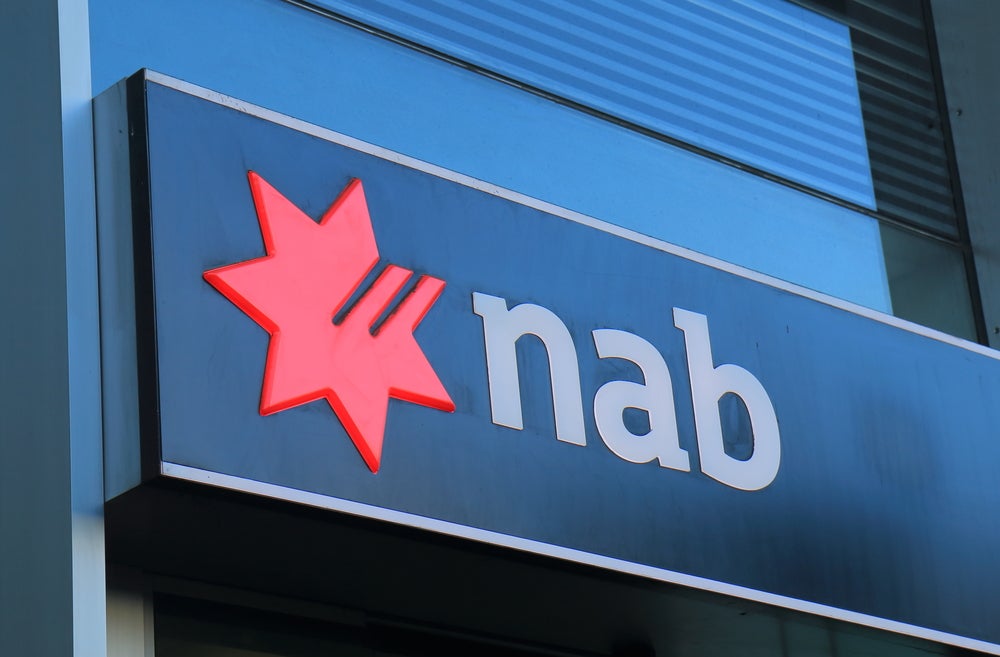
Estonia has a new bank as leasing outfit Liisi re brands as Holm Bank.
The launch of Holm Bank represents the first financial institution in Estonia to be licensed by the European Central Bank.
Notwithstanding recent money laundering scandals, the Estonian banking sector remains one of the most profitable in Europe.
Liisi is an Estonian credit institution, run by Koduliising AS. The owner of Holm Bank, Arne Veske, founded Koduliising in the Estonian resort of Haapsalu.
“Liisi has been operating in Haapsalu for 23 years, covering all of Estonia. We have 1,100 partners with more than 2,000 sales outlets,“ says Veske.
Liisi currently has around 350,000 customers.
How well do you really know your competitors?
Access the most comprehensive Company Profiles on the market, powered by GlobalData. Save hours of research. Gain competitive edge.

Thank you!
Your download email will arrive shortly
Not ready to buy yet? Download a free sample
We are confident about the unique quality of our Company Profiles. However, we want you to make the most beneficial decision for your business, so we offer a free sample that you can download by submitting the below form
By GlobalData“Holm Bank is a family business. To illustrate, it was led by Arne Veske for a long time. From 2012, my sister Kelly Veske led business development. Family centricity enables us to implement a more peaceful and long-term strategic plan,“ says Kaido Veske, chairman of the bank.
Holm Bank: targeting deposits, expanded SME products
Holm Bank is headed by Indrek Julge, a banking veteran with around 20 years experience at SEB.
He adds: “The bank will continue to offer all products that have become popular under the Liisi brand. These are primarily hire purchase, personal loans and credit cards.
We will launch new deposit products and also offer more solutions for the SME sector,“
The ability to attract deposits will help Holm Bank to accelerate its growth plans.It believes that the strength of the fintech sector in Estonia will prepare the ground for possible expansion to other European markets.
Swedbank, SEB, Luminor the largest 3 Estonian incumbent banks
Swedbank is by far the largest incumbent bank in Estonia with more than 900,000 retail banking and 132,000 business customers. In Estonia, Swedbank has around 45 branches, 400 ATMs and a retail banking market share of about 40%.
SEB ranks second by market share in Estonia with 18 branches and 232 ATMs.
Estonia has been one of the Eurozone’s fastest growing economies for the past three years. GDP grew by around 3% in 2018 and is forecast to rise by about 2.8% in 2018.
According to SEB, optimism among SMEs in Estonia remains high. SEB says that 92% of Estonia’s SMEs expect their revenue to grow in 2019, the highest figure in the last five years.
In spite of recent money laundering scandals, SEB remains committed to the Estonian market. Specifically, Danske was ordered to exit the Estonian market in February.
Following the order, Danske decided to terminate its operations in Russia as well as Latvia and Lithuania.
Luminor, created by a merger of the Baltic operations of DNB and Nordea ranks third.
Last October, Nordea and DNB sold a 60% stake in Luminor to private equity outfit Blackstone for €1bn.






